Black Stones, Natural Diamonds and a Modern Approach to Honoring My Cuban Culture
Writer Stephanie Pérez-Gurri reflects on the history and tradition of azabaches in Cuban culture and explores their beauty when paired with natural diamonds.
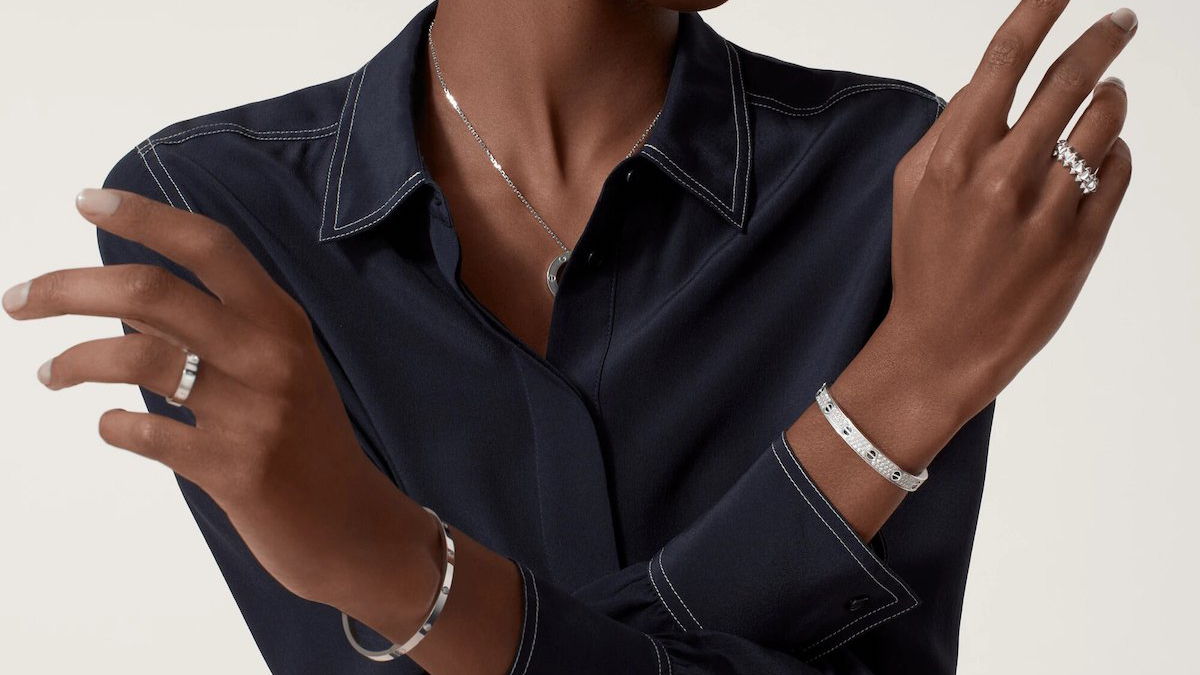
When I was younger, I admired my grandfather’s jewelry, much of which he possessed since he was young in Cuba. Cuban links, rope chains, signet rings. Charms of the Virgin Mary, San Lazaro and Lady of Guadalupe. But what he had had the most of were “azabaches,” or black onyx stones that dangled from his necklace. As soon as I came to learn the meaning behind them, I knew I wanted to upkeep this tradition and culture in my family for as long as possible. Now, as a mother to two sons, I think about how I can modernize the azabaches with natural diamonds and how I can pass them down.
Black diamonds and black onyx have similar characteristics in that they both share unique qualities of protection and good luck. I admire the statement that these pieces exude as well as the strong messages of positivity they stand for. History would have it that I keep up the ritual of wearing black onyx, yet I find myself integrating black diamonds with their white counterparts as a means of creating our own family traditions.
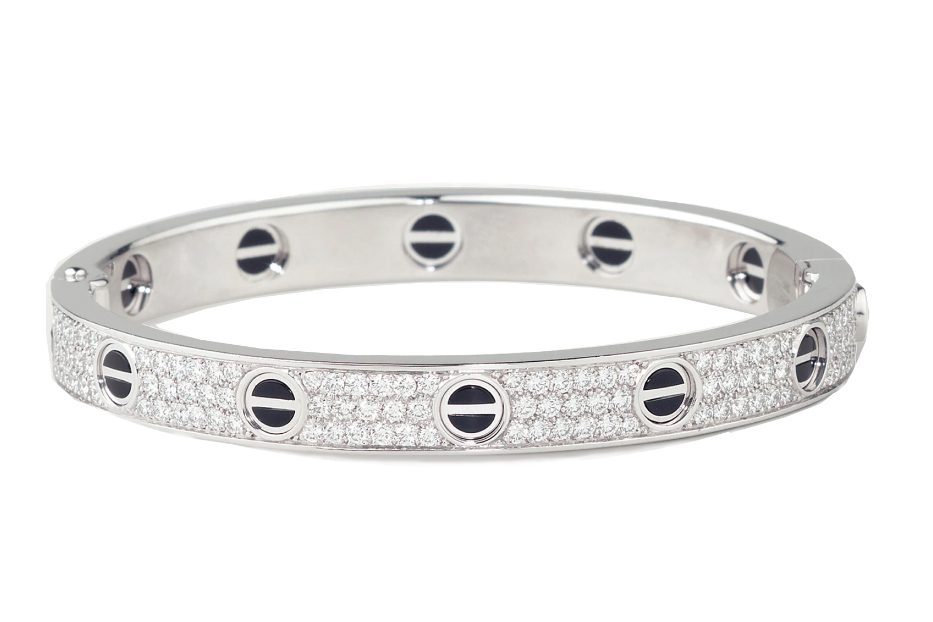
Personally, I love jewelry pieces that have contrast; seeing white and black diamonds in one piece of jewelry has an element of opposites. Like yin and yang. The opalescence of white diamonds brings out the fierceness of the black diamond. The blunt black diamond brings out the preciousness of the white diamond. Brought together, the two elements make for a unique piece with a good story.
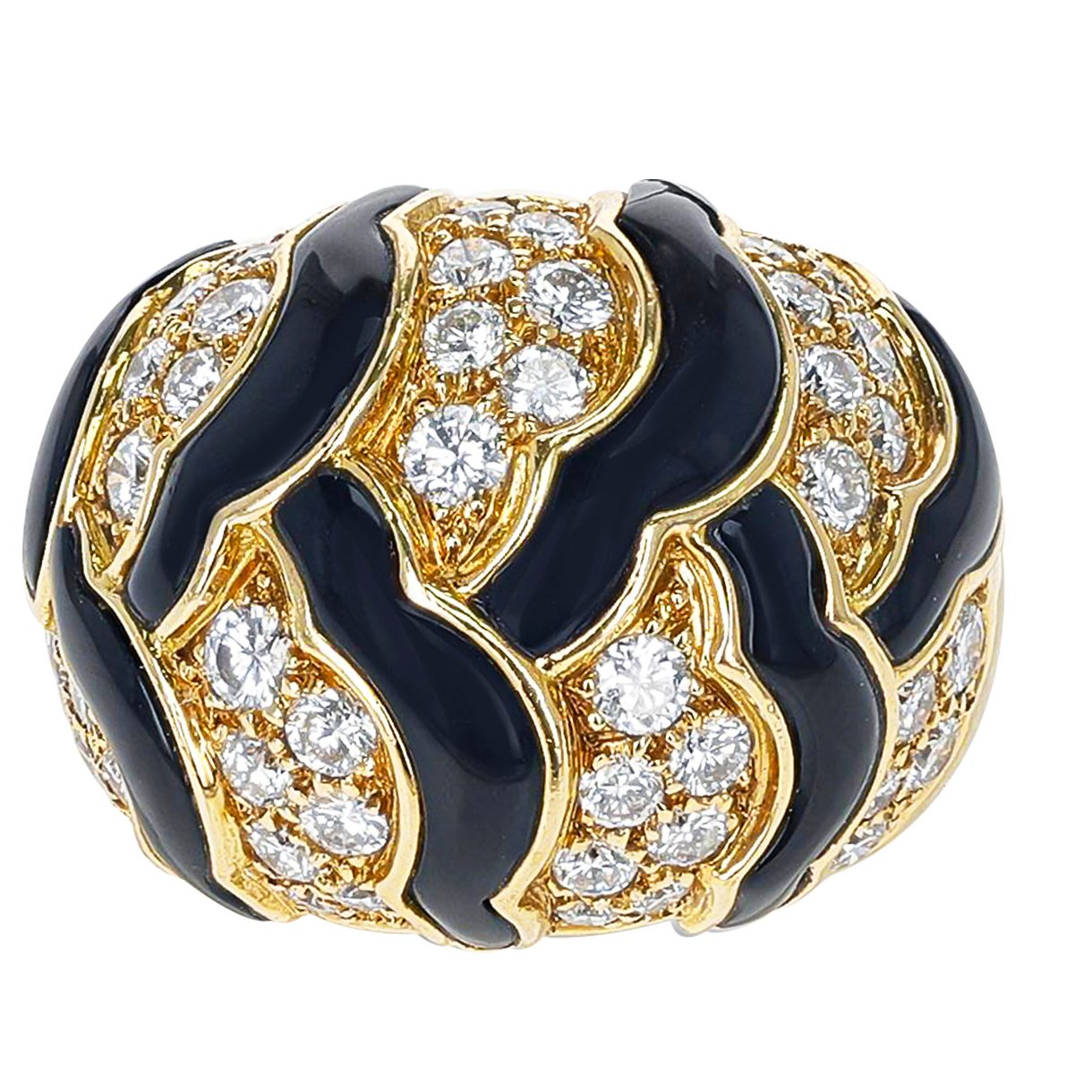
Black diamonds are said to be a symbol of charisma, passion, power, and of eternity, and every culture has its own interpretation. Italians believe that simply touching a black diamond could save a marriage for a couple in need of healing; the stone has the ability to absorb all of the problems that the couple is experiencing.
An azabache, what my grandfather wore, is a charm made of black onyx that is worn as jewelry, commonly as a necklace or on a brooch. Cubans believe that it is the most effective way to ward off jealousy and negative energy; it’s the Cuban version of an evil eye. They say Cubans are just as superstitious as the Irish and, for better or for worse, I have to agree. Cubans are predominantly Catholic, but as I’ve come to learn, being raised to fend off superstition, there is a fine line between practicing Catholicism and Santeria. But if there is one thing you must know about Cubans, it is that the moment babies are brought into this world, we give them an azabache.
The reason babies are gifted an azabache is because they are the most innocent—and therefore most susceptible to the evil eye. If they are not protected by this black onyx charm, it is said that they will encounter bad luck and can even develop a temperature. By wearing an azabache, babies are covered in positive energy. The tradition goes to the extent that Cubans believe azabaches saves lives!
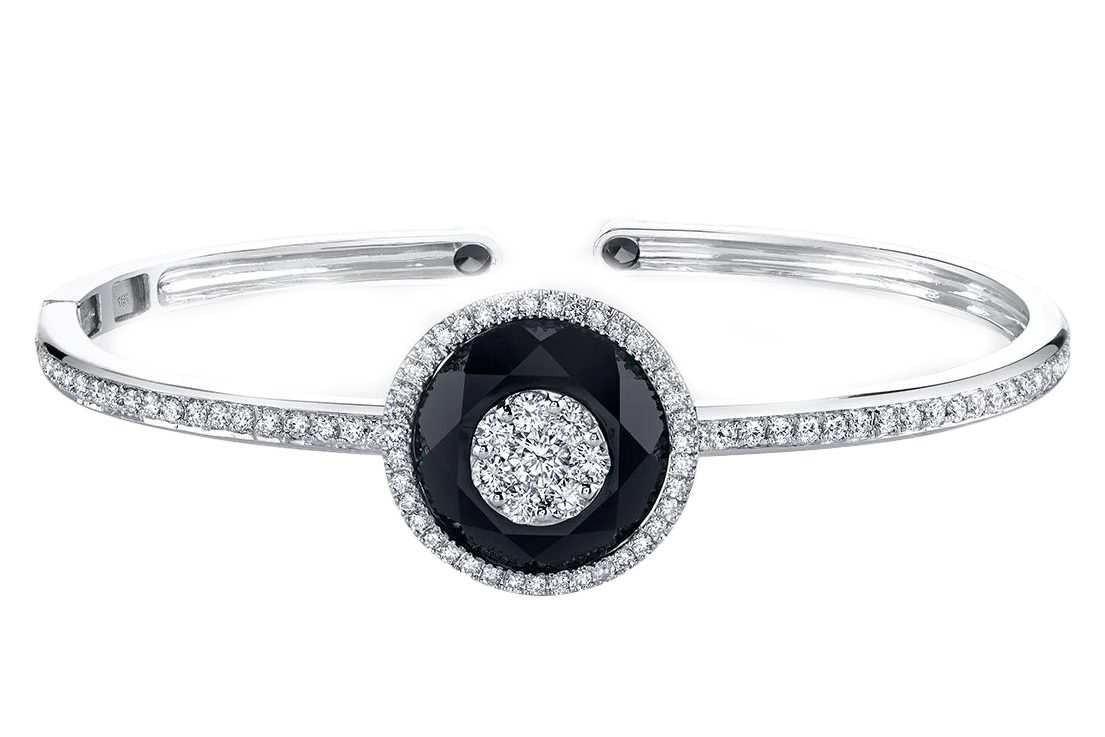
In history, black onyx has had similar uses in cultures all over the world. If you go back to its origin, it is believed that black onyx was originally derived from the Greek. It is even said that Cleopatra herself wore onyx to protect herself. According to Roman mythology, Cupid clipped the fingernails of a sleeping goddess Venus, which transformed her nails to stone and immortalized every part of her body. Now, Latin, Indian and Persian cultures use black onyx to protect the wearer from evil.
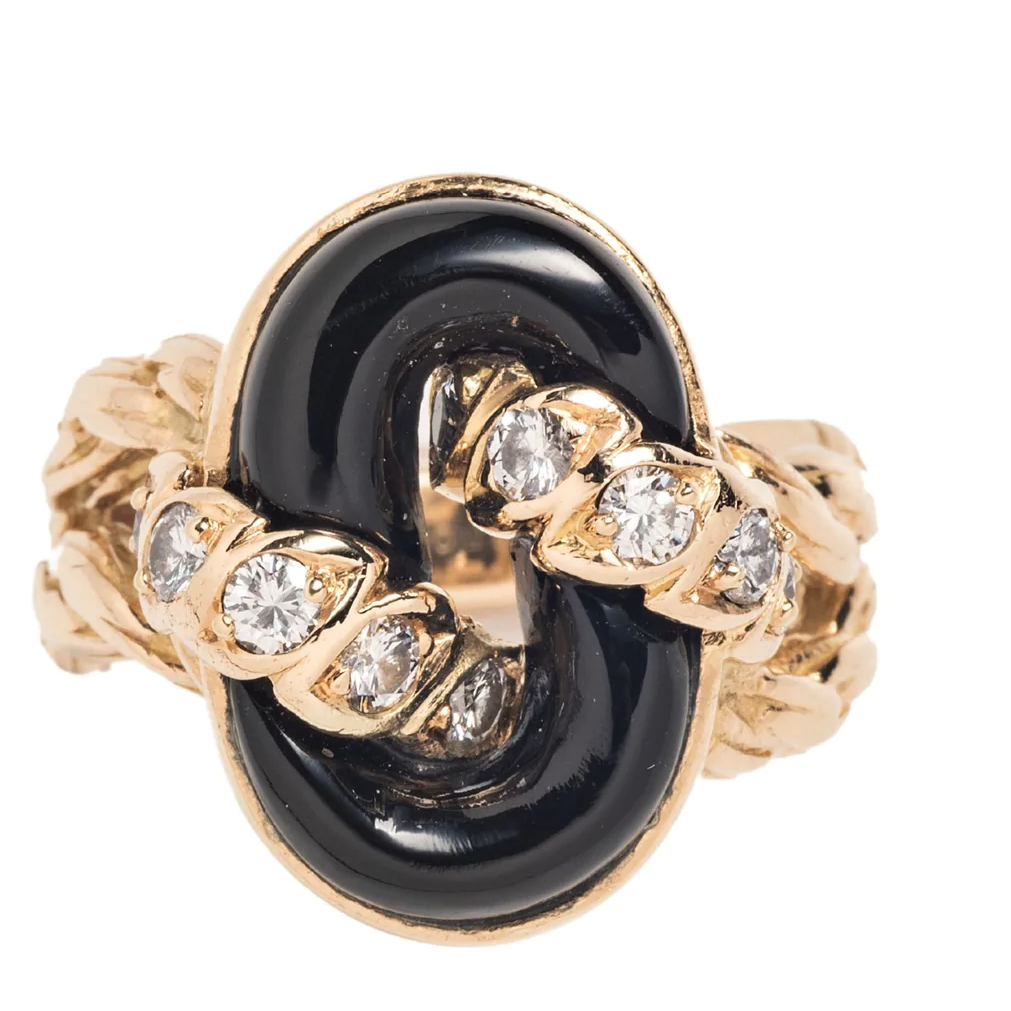
To me, it makes perfect sense to want to honor this tradition of protection by way of jewelry. I want to pay respect to my heritage, while also being realistic about what my sons will wear. This brings me to black diamonds.
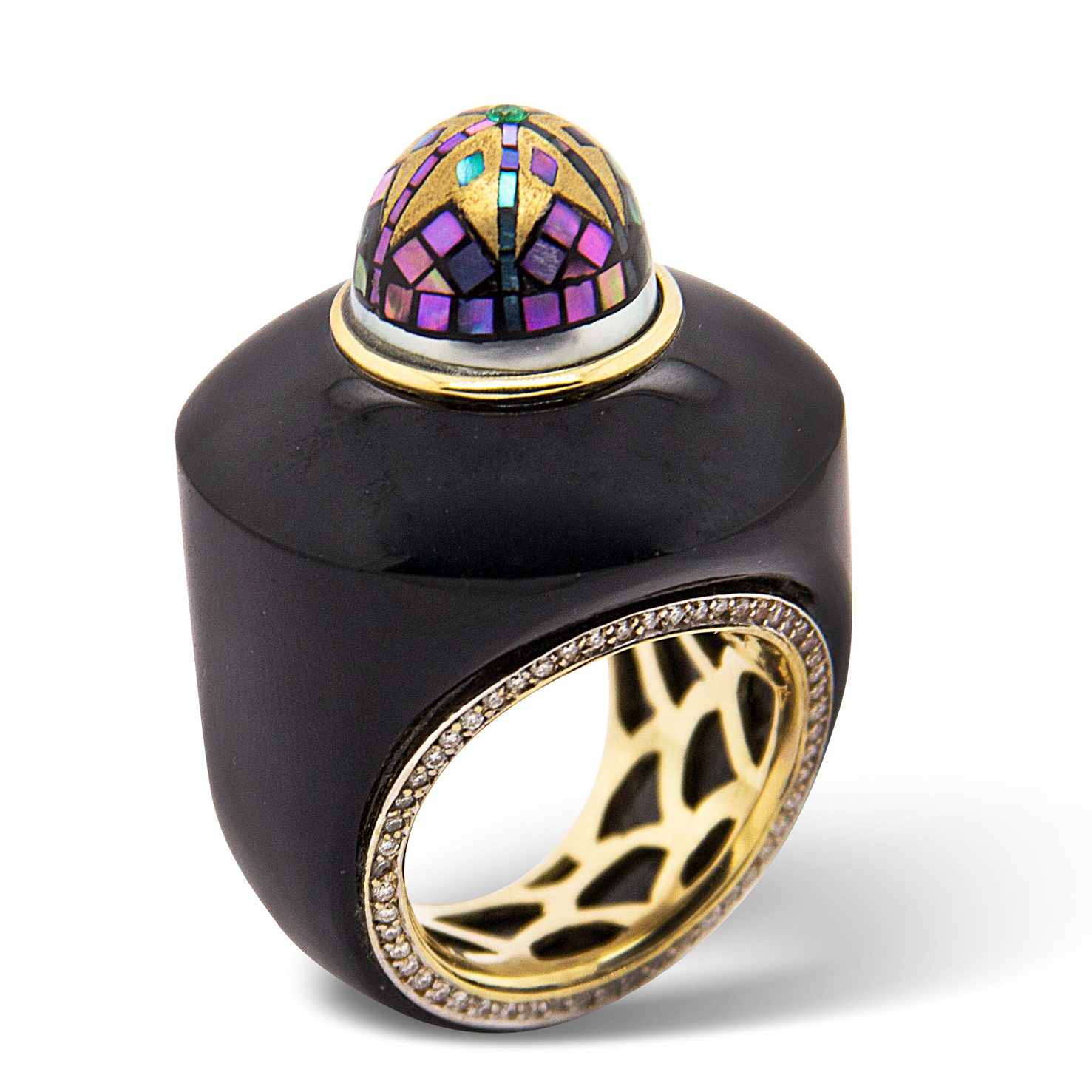
This Silvia Furmanovich ring has agate and pearl that makes a gorgeous contrast against the black. Although this is a women’s ring, I want to be sure my family can express fluidity in what they chose to wear. I want my sons to know they can wear it.
Natural black diamonds are very rare. One of the most famous black diamonds is the Black Orlov Diamond, which boasts a mysterious history that includes being stolen by a monk in the area of Pondicherry, India. Black diamonds are thought to be one of the hardest diamonds which makes them very difficult to cut and polish. Because of this, it wasn’t until the 19th and 20th centuries that they started to be used in jewelry. So now if you see someone wearing black diamond jewelry, you’ll know a lot of hard work went into creating the piece!
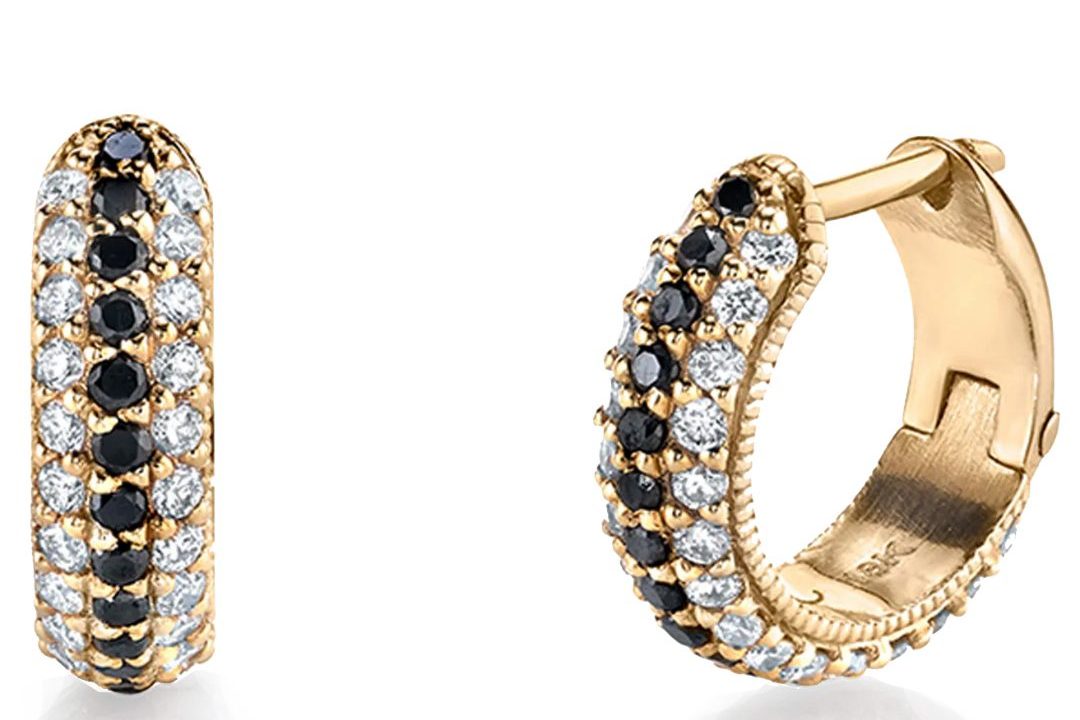
Reflecting on the history of both black stones I think about their power, beauty and resilience. I want my sons to know that they are wearing something that can act as a veil of protection, while knowing they are also paying homage to their Latin culture. For me as a first generation Cuban American, black stones bring so much nostalgia and will act as our family’s modern heirloom.
